Amongst all the long litany of pure-bred competition Porsches manufactured and campaigned at premier-level throughout the 1950s and ’60s into the 1970s, the lean, lightweight, handsome and sophisticated 3-litre flat-8 engined Typ 908 cars have special significance. They are the design that first elevated Porsche from being consistent class winners in FIA World Championship of Makes endurance racing to becoming consistent challengers almost everywhere for outright victory and top title honours.
The Porsche 908 was introduced in 1968 as the next step in the progression of 2-litre 906 and 910, and 2.2-litre flat-8 907 series of models designed under daring and far-sighted Technical Director Ferdinand Piech.
The FIA introduced a 3-litre engine capacity limit for purebred Group 6 sports-prototype cars in the 1968 season, while allowing a 5-litre limit for initially 50-off Group 4 production run sports cars, soon reduced to 25.
Where the previous Porsche 907 Coupes used air-cooled 2.2-litre flat-8 engines developing around 270bhp, the replacement 908 Coupe model’s new air-cooled 3-litre flat-8 engine produced initially a claimed 350bhp at 8,400 rpm. Although these were relatively lightweight engines, being traditionally air-cooled and with only 2 valves per cylinder, they could not match the outright power output of contemporary 3-litre Formula 1 engines, but then they were also tuned and developed to survive a minimum six hours or 1,000kms endurance racing on some of the world’s toughest and roughest circuits, while requiring the reliability to survive 12 hours’ racing at Sebring or a full 24 hours at Daytona and, of course, Le Mans.
Initially Porsche’s 908s were configured as closed Coupes seeking maximum speed through low aerodynamic drag on fast circuits. A beautiful and effective long-tailed ‘Langheck’ Coupe version was also developed for ultra high-speed at Le Mans, Spa and Monza, but for 1969 the works concentrated upon an ultra-lightweight, stark and spartan open-cockpit Spyder version, handsomely styled, fast enough and extremely nimble – the Porsche 908.02. The weight saving from Coupe to Spyder could be as much as 100 kg — some 220 lbs — but racing fortunes into 1969 proved variable. All three open-cockpit works 908.02s failed in the early-season Daytona 24-Hours, while at the Sebring 12-Hours 908.02 problems opened the way for a Ford GT40 victory.


With the initially 4.5-litre flat-12 Porsche 917 introduced at that year’s Geneva Salon it seemed that 908-02s’ days were numbered, but in the white heat of racing development, the 3-litre sports-prototypes simply clicked. In the BOAC 1,000Kms race at Brands Hatch in England the works 908.02s finished 1-2-3 in defeating the new works Ferrari 312P V12. Further Porsche 908.02 victories followed in the Targa Florio, the Spa 1,000Kms and in the ADAC 1,000Kms at the Nurburgring where an overwhelming 1-2-3-4-5 flotilla finish by the Porsches demolished all opposition.
While the big 917 Coupe endured lengthy teething troubles, the open-cockpit 908.02s such as (in its original works team form) this fine example offered here, secured for Porsche the 1969 World Championship of Makes. At Le Mans the closest-yet finish to the 24-Hour Grand Prix d’Endurance had seen Gerard Larrousse in a 908 ‘Longtail’ Coupe narrowly beaten to the finish by Jacky Ickx’s Gulf-JW Ford GT40. The winning, or from Porsche point of view ‘losing’, margin between 908 Coupe and GT40 was barely 120 metres.
But in time for the Nurburgring 1,000Kms race that year, a new more aerodynamically-bodied version of the 908.02 Spyder had been introduced, known as the ‘Flunder’ or ‘Sole’ (as in species of flat fish). The new variant’s re-profiled body paneling, moulded in ultra-light and thin glassfibre, had a cleaner nose line with smaller central oil-cooler air intake, waisted sills, a higher waistline, flattened wheel-arch humps and more tightly-enclosing rigid cockpit surround leaving only the tiniest regulation opening for the driver and above the notional passenger-seat space. For Le Mans with its ultra-fast 3-mile-long Mulsanne Straight a further development emerged in a Longtail or ‘Spyder Langheck’ variant. This proved so effective that it was nearly as fast in practice as the works team’s three ‘Longtail’ Coupe cars. The star pairing of Jo Siffert/Brian Redman preferred this ‘Longtail Flounder’ for the 24-Hour race itself. To reduce this 908-02LH Spyder’s sensitivity to side winds, two prominent tail fins were added to the new extended rear body section.
But while Siffert/Redman were out of luck at le Mans that year, failing to finish, the ‘Longtail Spyder’ configuration would reappear there in 1970. And it reappeared in the form of the car now offered here, chassis ‘908.02-05′.
This particular Porsche 908.02 made its racing debut as an original-style open-cockpit works team Spyder, being allocated to the British driver pairing of Vic Elford and Richard Attwood for the Sebring 12-Hours classic in Florida on March 22, 1969. Running as car number ’30’ they finished seventh overall.

The car was then redeployed as the works team’s training stand-by at the Targa Florio in Sicily, being used by Vic Elford as his ‘T’ car. It was then held in reserve at the Zuffenhausen factory until the Osterreichring 1,000Kms on August 10, 1969. There we are advised that the car was loaned to the German Blau und Geld (BG) Racing Team to be co-driven by Hans-Dieter Dechent and Gerhard Koch. They failed to finish, but Dechent was building a strong relationship with enthusiastic sponsor Martini & Rossi — the aperitif manufacturer — and this would bear rich fruit in the coming season.
For 1970 in fact, Hans-Dieter Dechent was able to set-up the Martini International Racing Team with prominent brand livery on rebodied 908.02 ‘Flunder’-bodied Spyders, amongst which the team’s lead car would be chassis ’05’ now offered here.
Contemporary records indicate that ’05’ was shared by Gerhard Koch, Richard Attwood and Gerard Larrousse in the 1970 Sebring 12-Hours on March 21 that year running as car number ’46’ and finishing 7th (for the second consecutive year).

Porsche 908/02 Flunder – Car Profile Page Two
In the Brands Hatch BOAC 1,000 race in England, Gerhard Koch/Gerard Larrousse finished sixth in ’05’, and in the Monza 1,000Kms the French former rally star Larrousse was re-teamed with Austrian Porsche specialist Rudi Lins. They finished 14th after a troubled run on this high-speed circuit. The very different demands of the Targa Florio around the 44-mile Sicilian Piccolo Madonie public-road course followed, Larrousse/Lins finishing 13th there.
For the Spa 1,000Kms in Belgium, this experienced pairing then did better, taking ninth place overall while at Nurburgring in Germany for the ADAC 1,000Kms they took a strong sixth place.
Long-tail (‘Langheck’) bodywork was then adopted for the biggest sports car race of any year, the Le Mans 24-Hour Grand Prix d’Endurance. It was there that promising new Austrian driver Dr Helmut Marko was recruited by Dechent to co-drive with Rudi Lins, and the pairing performed brilliantly — as did chassis ’05’ offered here — to come home after the day-long grind in third place overall, thereby completing the Porsche marque’s historic — and trend-setting — 1-2-3 whitewash race result. The Porsche Salzburg team’s 4.5-litre 917 Coupe co-driven by Hans Herrmann/Richard Attwood won the long race to provide Porsche with its first-ever outright Le Mans win, while Martini International’s Porsche 917 ‘Langheck’ Coupe shared by Gerard Larrousse/Willy Kauhsen finished second, ahead of the team’s ‘Flunder’ Langheck as now offered here — chassis ’05’ — which in turn was the winner of the prestigious 3-litre sports-prototype category.



Subsequently, the Martini International team used ’05’ again in the Watkins Glen 6-Hour race in upstate New York on July 11, finishing seventh, and then back in Europe for the Osterreichring 1,000Kms on October 11, 1970, Larrousse/Lins drove ’05’ home into another World Championship level third-place finish.
At the outset of the 1971 World Championship season, this Porsche 908.02 was entered for German driver Hans-Dieter Weigel’s Team Auto Usdau, and he co-drove with the local Argentinian star Eduardo Jose Capello in the Buenos Aires 1,000Kms on January 10. Their car retired with engine trouble after 54 of the scheduled 165 laps.
On April 4, 1971, chassis ’05’ then reappeared at World Championship level in the Brands Hatch 1,000Kms, entered by Hans-Dieter Weigel’s Team Auto Usdau for himself and Swiss Porsche specialist Dieter Spoerry. After a troubled race they finished 10th overall although third in the 3-litre sports-prototype category. Fortunes declined for the car’s last three World Championship appearances, in the 1,000Km races at Monza and Nurburgring and in its second Le Mans 24-Hour race, failing to finish each time as the car was crashed in Italy, but was classified 25th in Germany, before suffering gearbox failure at Le Mans. Co-drivers were Weigel/Spoerry at Monza and the Nurburgring while at Le Mans Claude Haldi both joined Weigel as co-driver and entered the car under his own name.
The full ownership provenance of this beautifully-presented, very rare and intensely desirable Porsche 908.02 ‘Flunder’ is from Porsche AG, Stuttgart, in 1969 to Hans-Dieter Dechent’s Martini International Racing Team in 1970-71, then to Weigel, perhaps on loan or hire. Around the time of Le Mans 1971 it then passed to Jo Siffert of Switzerland — the great Formula 1 and sports-car racing driver but also garagist and classic car collector — who hired it out to the Solar Productions film unit as a running ‘prop’ used during the filming of Steve McQueen’s celebrated motor racing movie ‘Le Mans’. It appeared in several scenes in its Martini International Racing Team livery, as presented today.
Following Jo Siffert’s tragic death during the Brands Hatch Formula 1 World Championship Celebration race at the end of the 1971 racing season, ’05’ offered here passed into the ownership of Swiss collector Hans Grell who displayed it amongst some 120 others in his private museum. Another Swiss owner followed — Peter Monteverdi of Monteverdi car manufacturing and Formula 1 team ownership fame. From him ’05’ later passed to enthusiastic Historic racer, car collector and International watch dealer Ernst Schuster who appeared in it at Goodwood and in the Monterey Historics events. From Ernst Schuster it then passed to Porsche enthusiast collector Julio Palmaz in Napa, California, and from him to its most recent owner prior to the current vendor.
The car is presented in its 1970 Le Mans ‘Flunder’ Langheck form and it simply goes without saying that it is an outstanding classic-era Porsche with great history both ex-works and post-works. It has benefited from a wonderful restoration carried out by Porsche specialists Willison Werkstatt of West Palm Beach, Florida, during Ernst Schuster’s ownership. We are advised that the car’s nose section, floor, doors etc are all original from period, the only substantial new replacement section being the ‘Langheck’ tail itself. The engine has been rebuilt by renowned ex-works specialist Gustav Nietsche, and the car itself has in recent times been included within the Le Mans display at the Porsche Museum, no less, in Stuttgart.
—
This Ex-Works 1969-70 Porsche 908.02 ‘Flunder’ Langheck Group 6 Racing Sports-Prototype sold for £2,185,500 ($3,430,352 USD) at the Bonhams Bond Street sale, held 30th November, 2014 in London.
[Source: Bonhams]


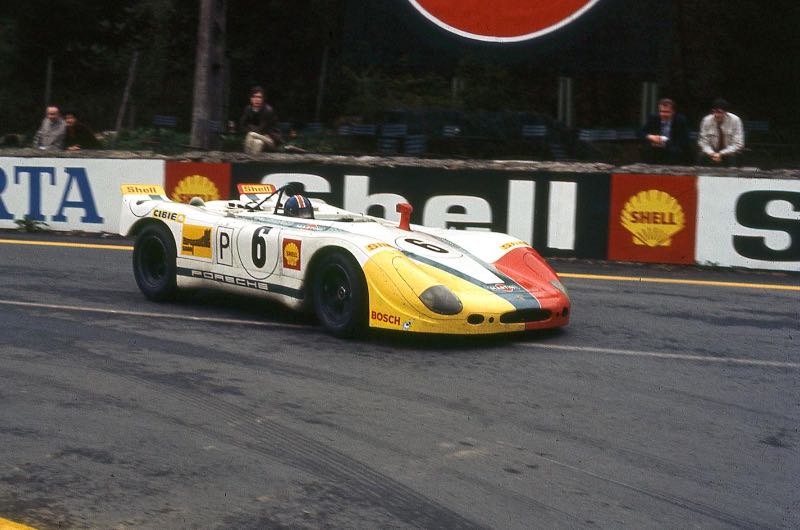
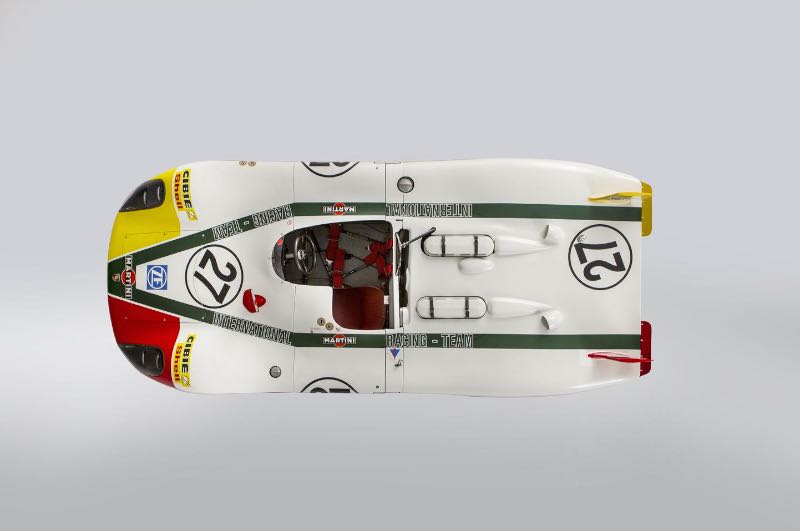
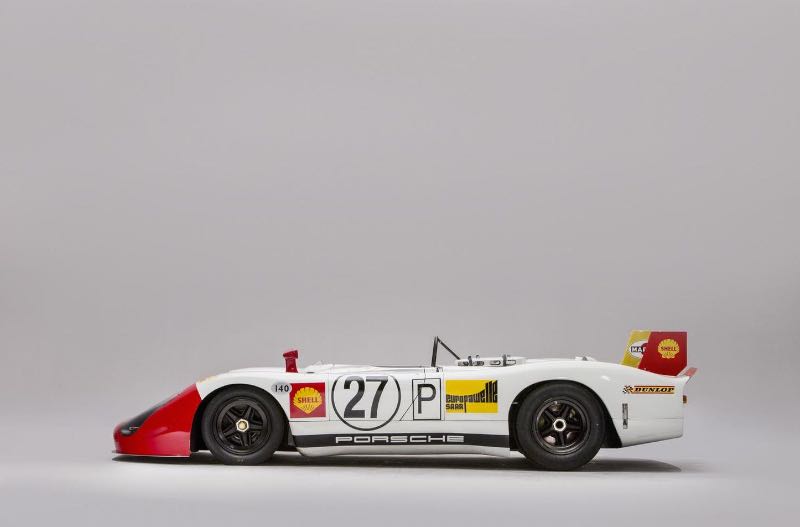
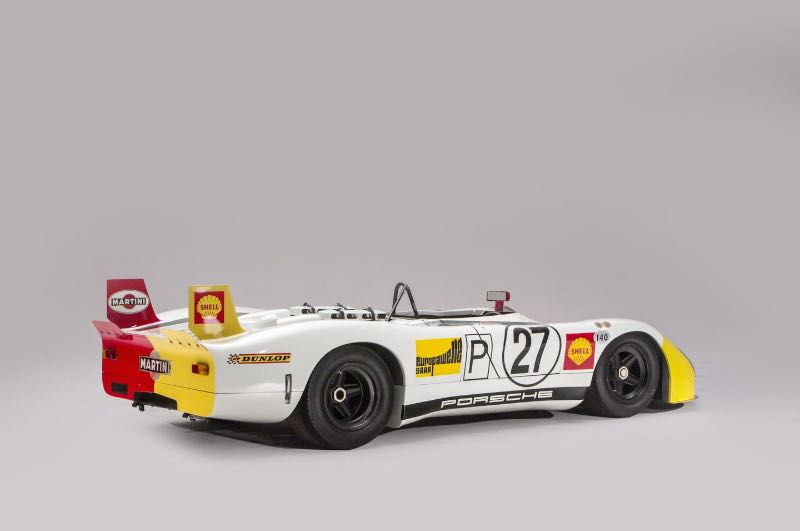
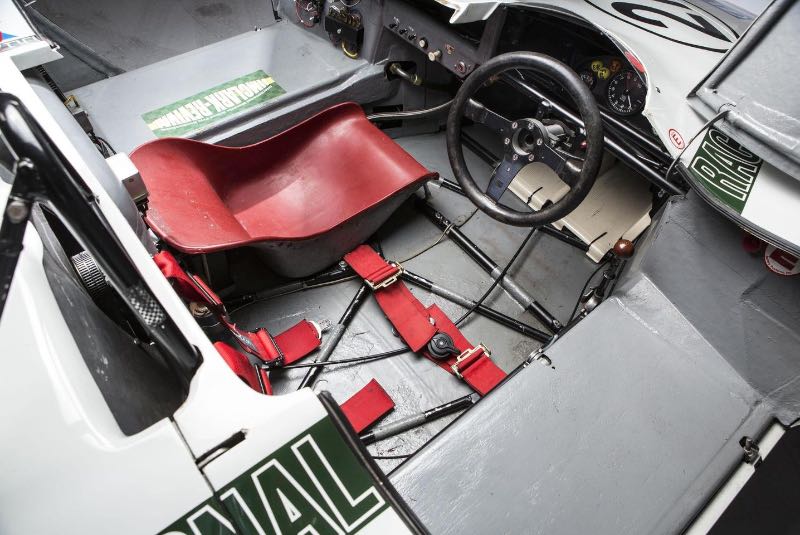
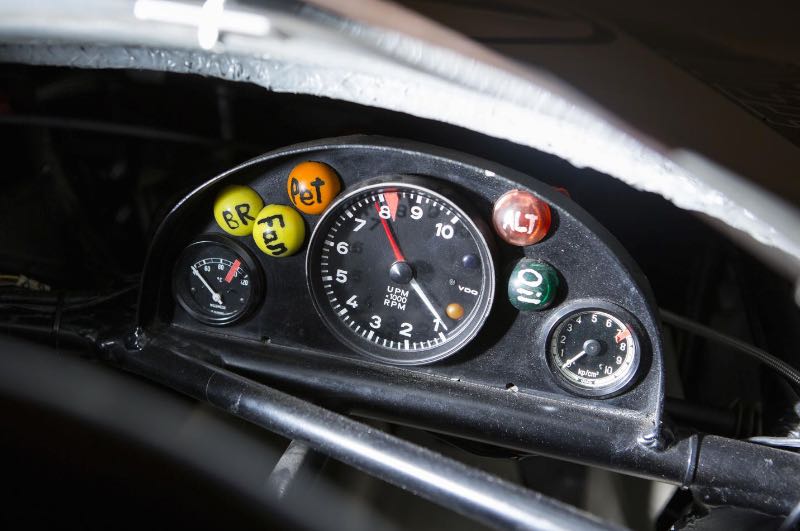
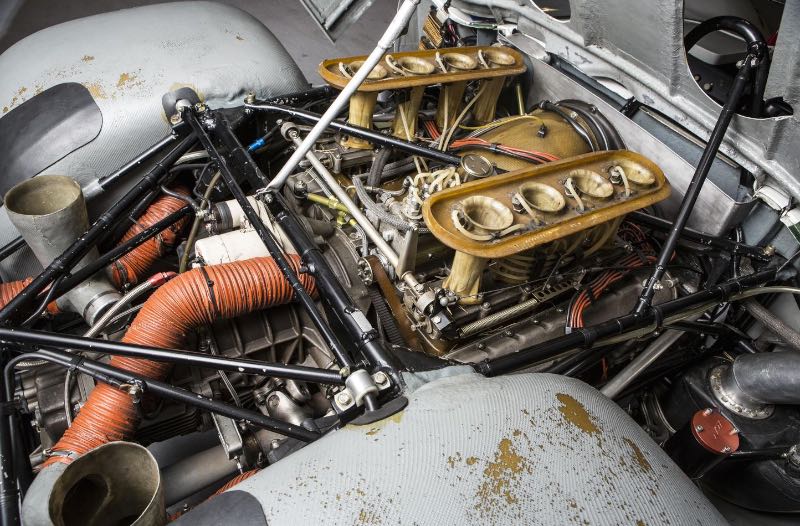
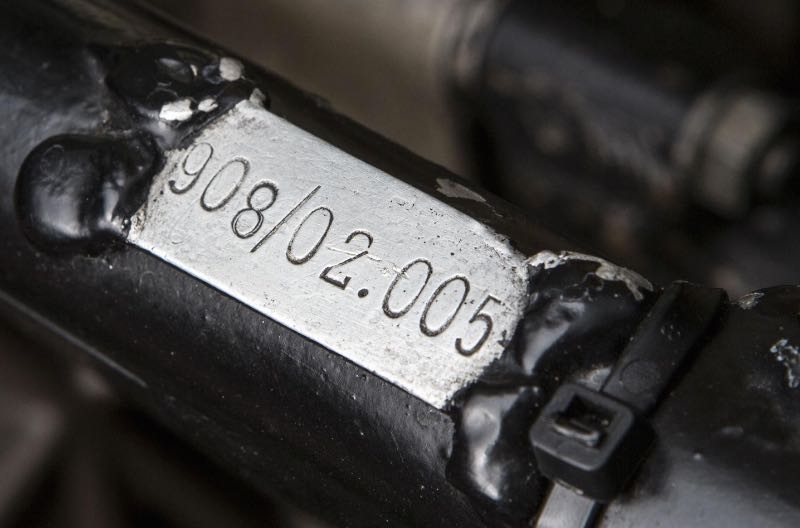
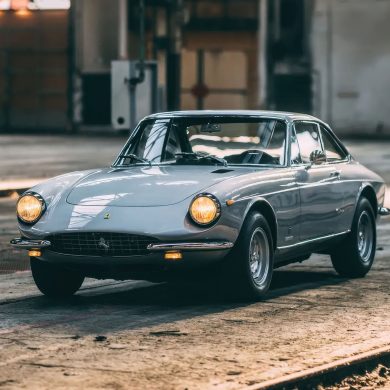
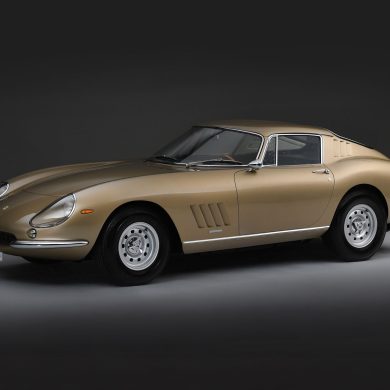
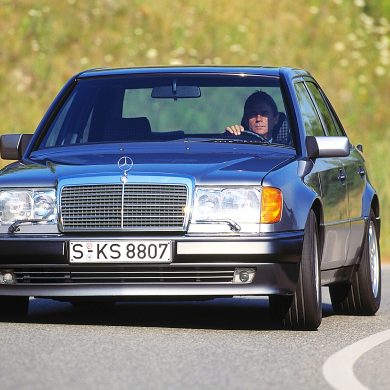
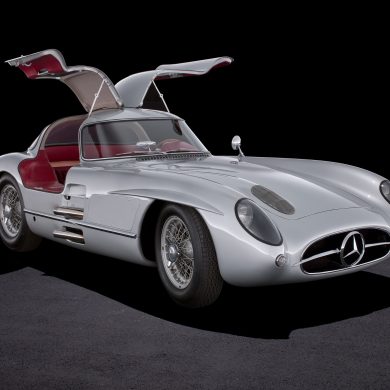

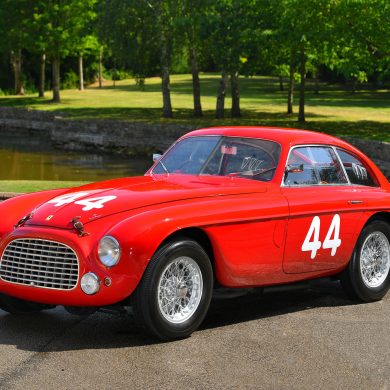


“FLOUNDER”?
Great article and lovely photos of a beautiful and historic car. One more reason to thank Porsche for their involvement in motor racing over the years. No one has contributed more.
Do they ever get anything wrong?
Nice to see the WEC championship return home again, after Porsche’s self imposed absence. Took them 2 years to return to the top.
Toyota who?
Go you Good Things!!!!!!!!!!!!!!!!!!!!!!!!!